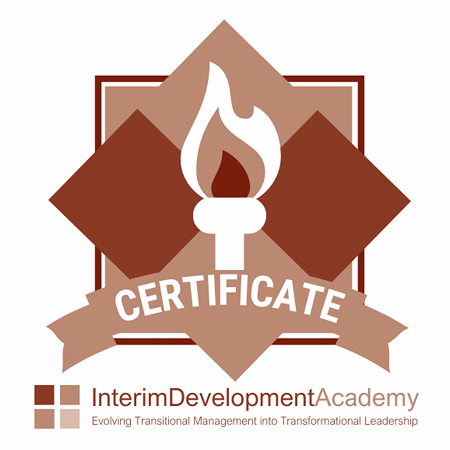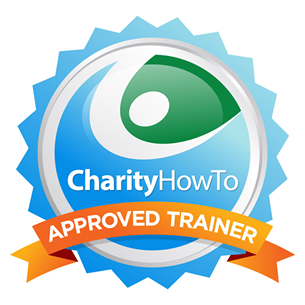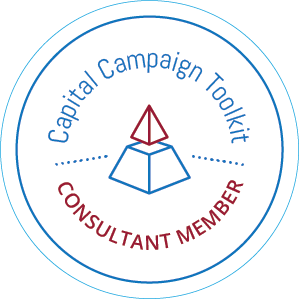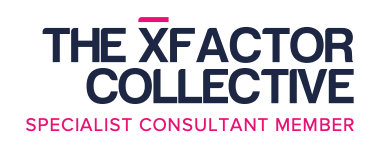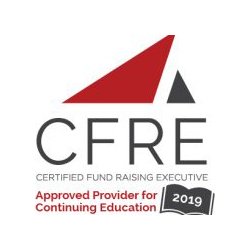This past weekend, I embarked on an event that frightened me. Literally and figuratively.
You see, several months ago, I entered a lottery. And, the drawing was for a chance to run up Mt. Washington in the Mt. Washington Auto Road Race. I got in. At the time, it seemed fabulous. Then as reality dawned, I realized that I need to step up my training, if I were to tackle this 6,288-foot peak, and not hiking it, but running it.
 So, many months ago, I set out and found a hill. I went up and down that hill over and over again. Then, searching online, I found mountain races. And, I entered them. And, I began running up to the summits of mountains. First smaller ones, and then larger ones. But, nothing greater than 3,000 or so feet.
So, many months ago, I set out and found a hill. I went up and down that hill over and over again. Then, searching online, I found mountain races. And, I entered them. And, I began running up to the summits of mountains. First smaller ones, and then larger ones. But, nothing greater than 3,000 or so feet.
When the week dawned, and I made my trek to New Hampshire, I began to have second thoughts about what I was doing. Most everyone in my life, asked me, “Do you know what you are getting yourself into?” Admittedly, I thought I did. But, when the mountain physically appeared on the horizon, I began to wonder, if this is something I should attempt.
Race morning dawned, and I was feeling more than butterflies in my stomach. This day was the moment given to me. I had trained for it, and now it had arrived. All my “new” mountain running friends told me that this was going to be the most difficult thing that I was going to do. But, they all told me I could do it. I wasn’t even sure of the weather conditions that I would encounter at the summit. I packed a hat and gloves just in case.
The race cannon fired, and off we all went. I had a strategy; I worked it. Slowly but surely, I chipped away at the mountain and tenths of miles passed. It got hard. No, it got downright painful. As the 5,000-foot mark appeared, my upper body felt like lead. Then 6,000 feet. And, I knew that if I kept going, I was going to do this. Slowly but surely,run-walking all the way to the top. When the summit appeared, one last obstacle presented itself. A 22% percent grade in the road and then the finish line. Nothing stopped me at that point.
What does all this have to do w ith fundraising? Well, a great deal. Courage. I honestly believe that the most significant characteristic of a fundraiser is courage. These exceptional individuals know that even in the most difficult times, perseverance is key, and that “this too shall pass.” Courage to get a lot of “no’s” and to be able to ask for a gift without hesitation. It is the ability to do this, with rumblings and butterflies floating around in your tummy.
ith fundraising? Well, a great deal. Courage. I honestly believe that the most significant characteristic of a fundraiser is courage. These exceptional individuals know that even in the most difficult times, perseverance is key, and that “this too shall pass.” Courage to get a lot of “no’s” and to be able to ask for a gift without hesitation. It is the ability to do this, with rumblings and butterflies floating around in your tummy.
I now know that I climb any mountain. There is no project, no tasks, that I cannot do. Courage is something that no everyone has, but surely, the best fundraisers do.
Someone remarked to me recently, “The thing I like about you is that you live life to the fullest. You don’t live on the edge looking in.” And, truly, that is what we should expect of all our fundraiser. They are making the mission possible. And, you can’t make an organization’s mission possible by looking in from the fringes. You need to be in the field, each and every day, living life to the fullest, in the thick of it all.
While I did know that Mt. Washington would change my life, I didn’t realize that it would give such professional perspective and insight. Courage. A life worth living for causes life-changing and life-saving. Isn’t that the characteristic you want for your organization?
P.S. – Are you ready to get started with your first large fundraising campaign? And, you want it to be successful? Get started with my FREE 7 Steps to a Majorly Successful Fundraising Campaign and use the same EXACT steps that I share with my clients. Click here to download your FREE 7 Steps “Cheat Sheet” and start planning your fundraising campaign today. I will share with you all the steps you need to be successful before launching your next campaign.




 important to not only look at internal things that will impact your fundraising success i.e. Board of Directors, etc., but it is also critical to examine external factors as well. Some external things that may affect the success of fundraising include political factors (i.e. election time), economic (a down economy), sociocultural (changing demographics), and technology (changes in the web, social media, etc.). Development audits also tend to examine others in the industry including nonprofits serving the same type of causes, similar sizes, potential collaborators, and other market factors).
important to not only look at internal things that will impact your fundraising success i.e. Board of Directors, etc., but it is also critical to examine external factors as well. Some external things that may affect the success of fundraising include political factors (i.e. election time), economic (a down economy), sociocultural (changing demographics), and technology (changes in the web, social media, etc.). Development audits also tend to examine others in the industry including nonprofits serving the same type of causes, similar sizes, potential collaborators, and other market factors).
 se results to the board.
se results to the board. They fail to look at national giving trends that show individuals giving more than 70% of all contributed income and only 15% made by grants and foundations, with even less by corporations. It is these same organizations that continue
They fail to look at national giving trends that show individuals giving more than 70% of all contributed income and only 15% made by grants and foundations, with even less by corporations. It is these same organizations that continue

 Well, this group had a total of 700 names in their donor file. And, they were in serious trouble operating in crisis mode. Person after person told them that they should not invest in donor acquisition, but
Well, this group had a total of 700 names in their donor file. And, they were in serious trouble operating in crisis mode. Person after person told them that they should not invest in donor acquisition, but
